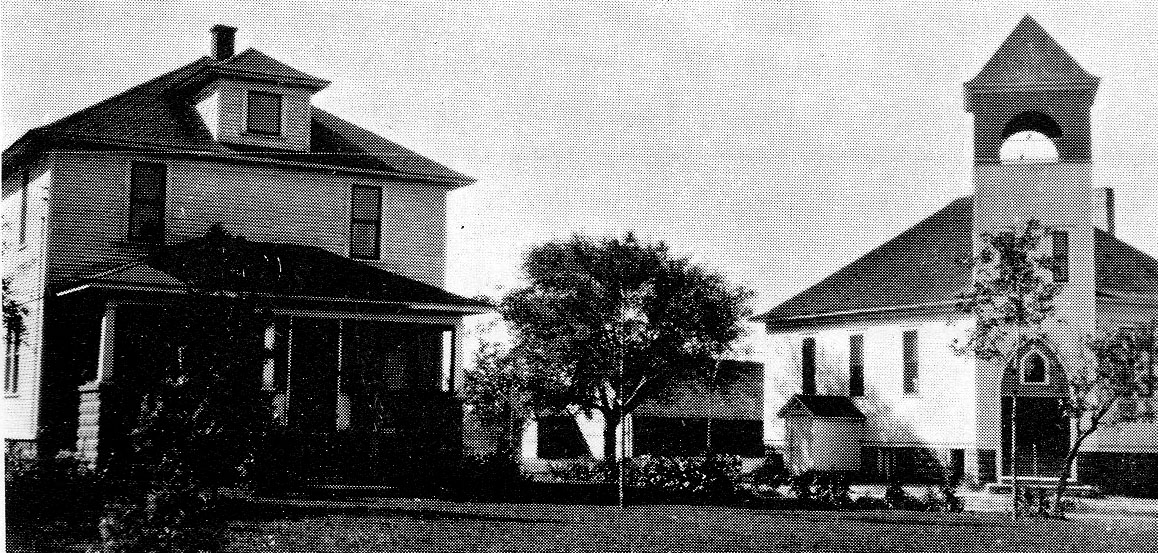

Early Church and Parsonage
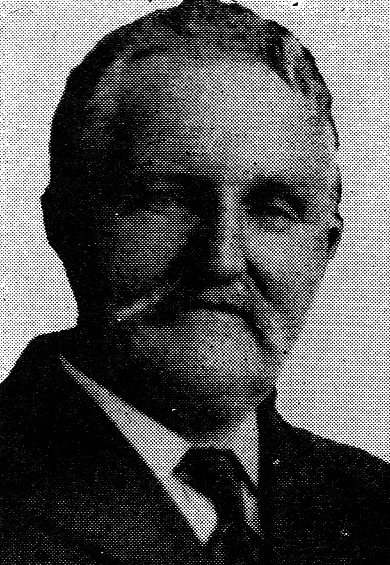
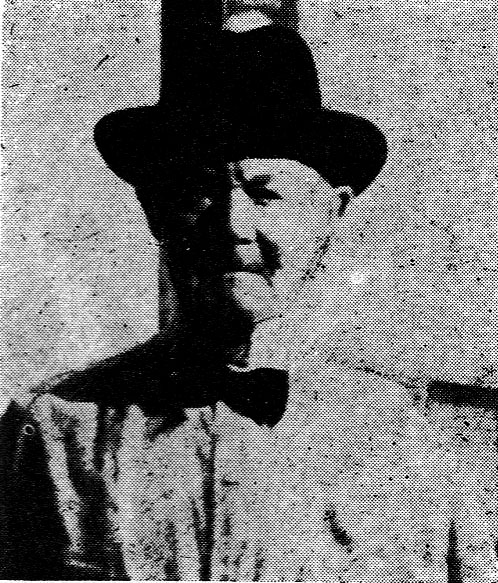
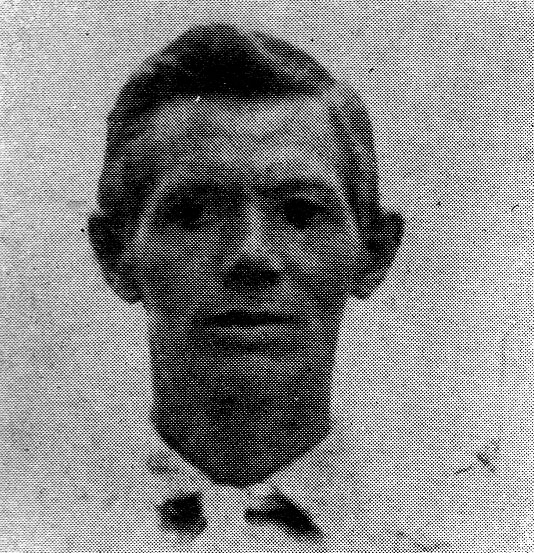

First Elders: George Branderhorst, Hendrick Vander Wal, Sr., Ed Zuidema; Deacon: D. Douma
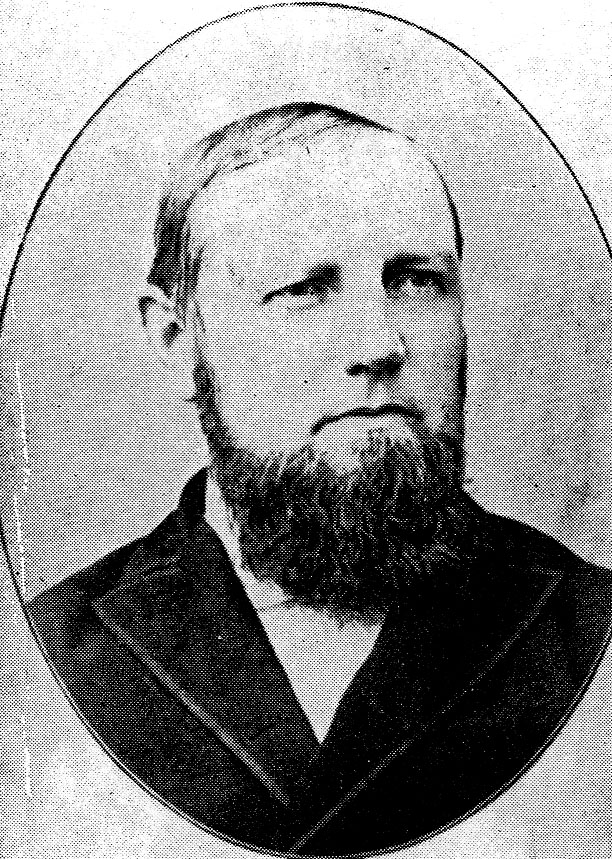
First Pastor: Rev. W. R. Smidt, 1906 - 1912
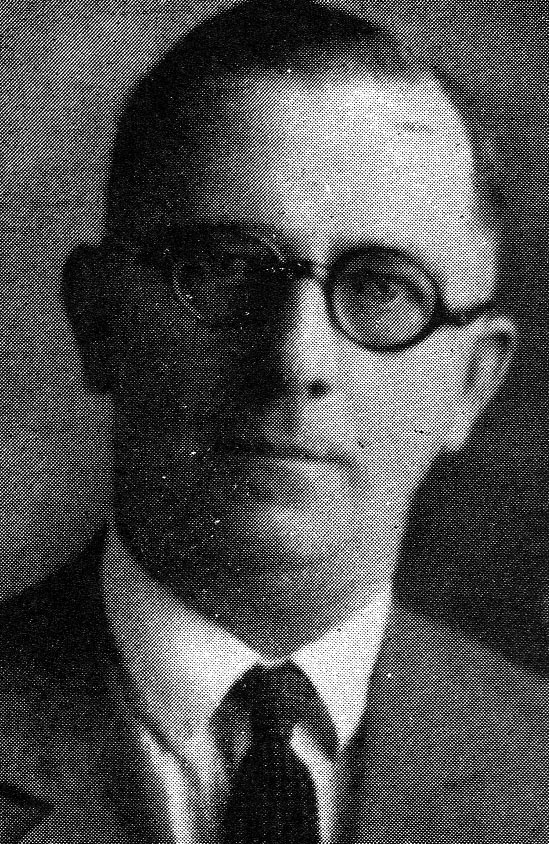
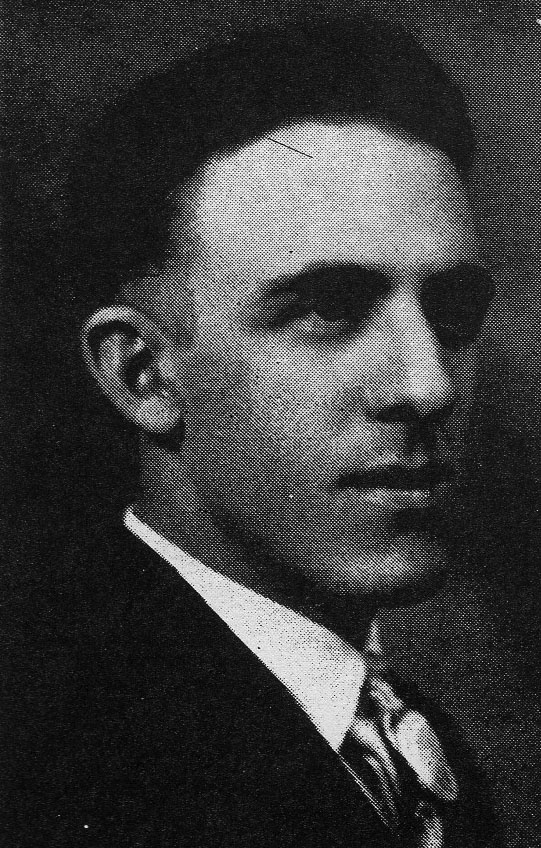
Second Full-Time Pastor: Rev. B. Zwaagman, 1924 - 1928
Third Full-Time Pastor: Rev. J. H. DeHaan, 1928 - 1945
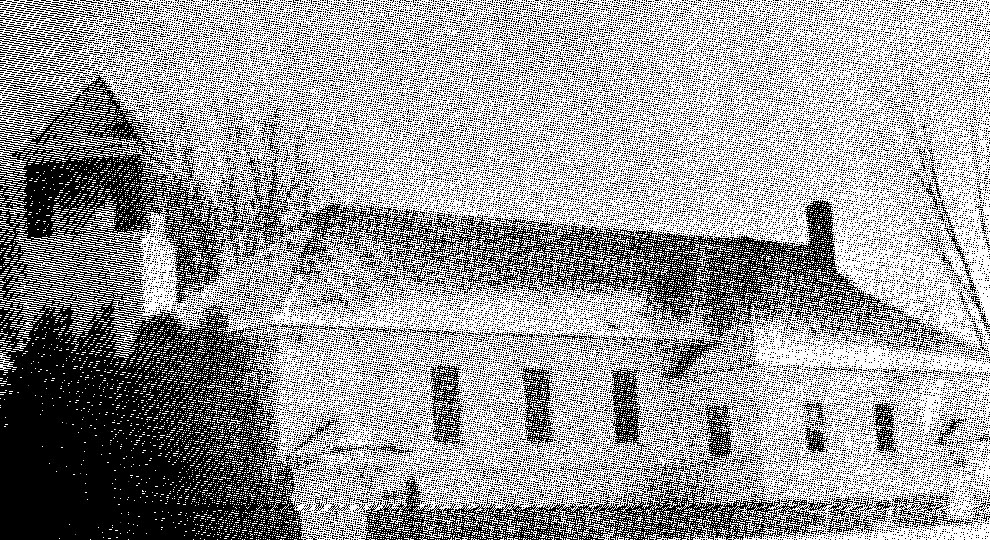
1948 Church Building
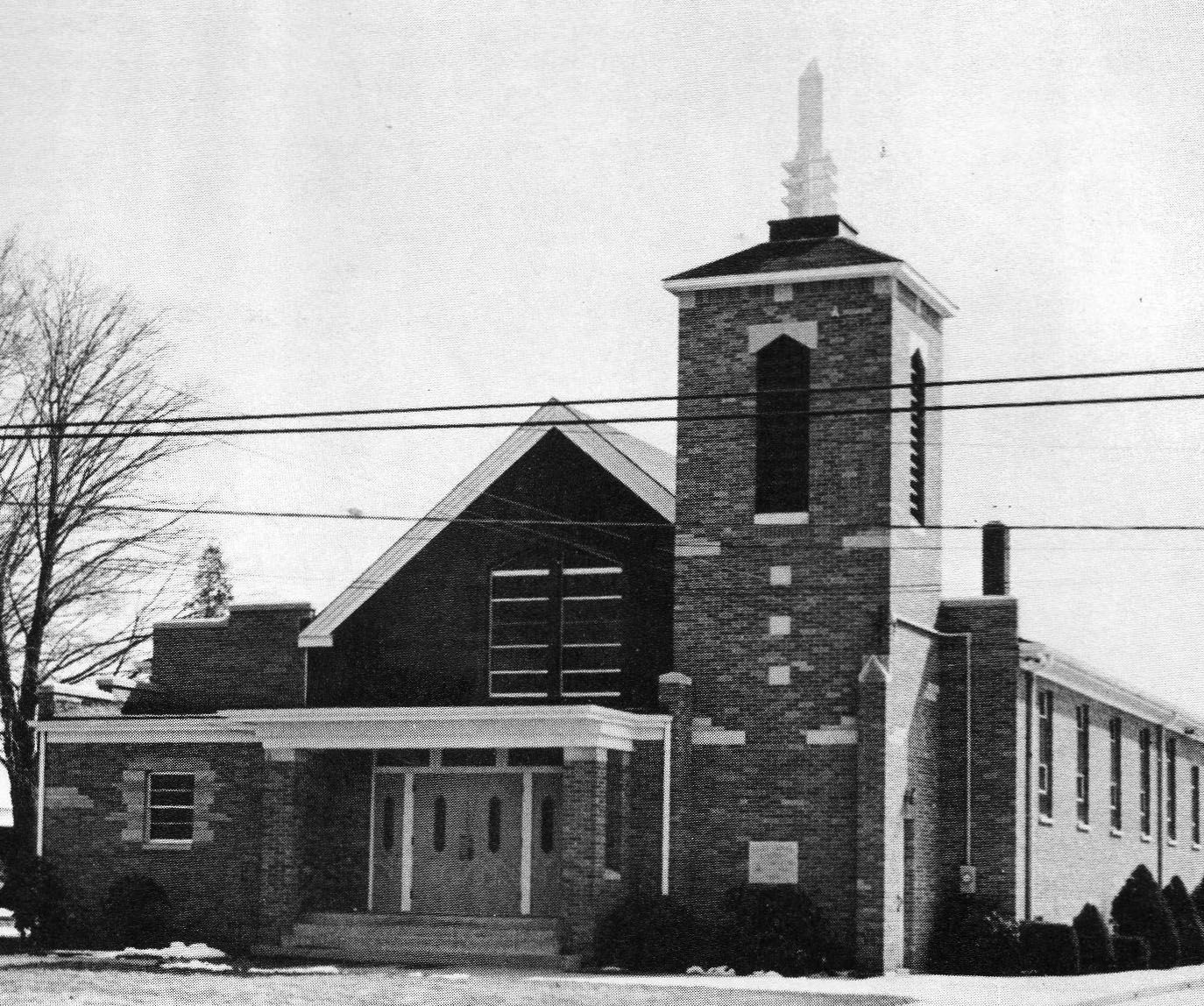
Third Bauer Church Building
|
Bauer Christian Reformed Church, 1902 - 1945 The Bauer Christian Reformed Church was organized by the State of Michigan as a Corporation on 13 June 1902. The first names recorded in the membership book are dated 2 June 1902. The founders of the church has a vision of a new congregation at Bauer. Why? The nearest places of worship for those of Christian Reformed persuasion, were several miles distant. Jenison was 7 miles to the east, Hudsonville was 5 1/2 miles to the south and Allendale about 5 miles to the northwest. The first elders were Mr. Hendrick Vander Wal, Sr., who was the President, and Mr. George Branderhorst, who acted as "Scriba" or clerk of the consistory. The first deacon was Mr. D. Douma and, according to the minutes recorded, Mr. Ed Zuidema was chosen to be the assistant deacon. The above elders received permission from Classis Grand Rapids West to
organize and establish a new congregation at Bauer. The first divine services were held in the Canada Hill public schoolhouse in Georgetown, but only for a short time. Because of complaints about using the school for divine worship, the congregation sought for another place to praise God. Next, church services were held in the Seventh Day Adventist Church at Bauer, the Adventist's attending their church on Saturday and our people congregating on Sunday. The congregation paid $25 a year rent and another $100 for janitorial services. The first building project was the building of horse stables which were located on the premises of the Adventist Church. At the congregational meeting held 7 January 1907, it was decided to build stables for horses. The cost of the barns was $150.31. The cost of painting the horse barns was an additional $2.50. These barns were built in two sections so they could be more easily removed and were later moved to our own building lot and placed behind the church. Later, the barns were torn down and enough lumber salvaged to build a two-stall garage for the pastor's car. The remaining lumber was sold at auction. In the year 1937, Mr. Peter Buys and Mr. Tonie Steen, members of our church, built the garage which cost $60.00 plus the used lumber. Mr. Steen was our deacon and janitor for a number of years. He was shoveling snow from the church entrance when he suffered a heart attack and was later found lying in the snow. He contracted pneumonia and died 9 days later on 18 December 1940 at the age of 60 years. The second building project was the building of a church proper. After much debating on location, three acres of land were purchased on the west limits of Bauer from Martin Kautenberger and wife for $400.00 on 6 June 1910. On Old Year's Day, 31 December 1909, it was decided at the congregational meeting to build a new church, 30 x 40 feet in size with studding 12 feet high, with a steeple in the corner after the manner of the Disciple Church 1 1/2 miles east of Bauer. The land was purchased and the church was built in the summer of 1910. A. H. Bosch, E. Zuidema and J. DeWent were the building committee. Mr. H. Timmer was the carpenter and also in charge of superintending the work. Much labor was donated by members of the congregation. The cement blocks for the basement were made by M. Alberda and sons. Mr. Alberda was one of our first deacons. The total cost of building the church, including the lot, was $1,502.73. $1,062.00 of this amount was borrowed. Money was difficult to obtain in those days but it seems that spiritual growth is often best during poverty. A used furnace was purchased from the old Hudsonville High School for $35.25 on 30 November 1910. On windy days, the furnace produced more smoke than heat inside the church. The first janitor, Mr. Kooman, received $20.00 per year for his services. The church was finished in the summer of 1910 and was dedicated on 29 November 1910. The Rev. Henry Beets and Rev. G. Broene participated in the services. Ministerial History After four years of reading services the call was extended to our first minister, Rev. W. R. Smidt. He accepted our call and was installed in November, 1906. He served the small, struggling congregation until October, 1912. His salary was $450.00 per year. As our church has no parsonage, Rev. Smidt purchased 40 acres of land adjacent to the church, and built his house intending to be a minister and a farmer. In 1912, Rev. Smidt, who was by this time middle age, resigned his status as our pastor and also renounced his membership in the Christian Reformed denomination. Later he wrote a booklet entitled, "De Kinderdoop is Niet Bijbelsch" and joined the Baptist church, and was baptized in his old age in the Grand River. Bauer was again without a minister and without a parsonage so reading services were in order. All of the services were in the Holland language at this time. Calvin Seminary students were secured to preach occasionally. This arrangement was difficult as someone had to meet the interurban at Jenison in all kinds of weather and through all kinds of roads. The students came on Saturday and left again on Monday. Later, from 1917 to 1924, several Calvin seminarians were employed to shepherd us during their summer vacation time. The following seven ministers all had their term ministering to us during their younger days: the Revs. J. DeJong, H. Vos, Dick Weidenaar, E. VanFarowe, Wm Goudberg, D. D. Bonnema and A. DeVries. During this time the language question became quite a weighty problem. The Holland language was slowly being forsaken and finally surrendered to the American language. At first there were two English services per month, then every Sunday morning, Holland, and every Sunday afternoon, English. In the year 1941, we became a 100% English speaking congregation. The first consistorial minutes were writen in the English language by the late elder Gerrit Dyk on 4 January 1934. Our third building project was the building of a parsonage. If we were going to have a regular pastor he must have a place to live. At the congregational meeting held 8 March 1924, it was decided to build a parsonage on the east side of the church. The cost was $2,800.00 which was obtained by borrowing $1,000.00 from the Church Help Fund, $1,600.00 from a note held by a private individual, and $200.00 taken from the General Fund. Building operations began in the early summer of 1924 and were completed by October. Two carpenters, Mr. C. VanKoevering and Mr. J. Reimersma, members of our congregation built the parsonage. Cement walks were laid, the lawn graded and seeded, evergreens, maple trees and shrubs were planted. We were without a regular pastor from 1912 to 1924. After our parsonage was completed, we called Rev. B. Zwaagman of Highland, Michigan. He accepted and was installed as our pastor in October, 1924. His salary was $1,200.00 per year. The church budget for 1924 and 1925 totalled $1,100.00. $500.00 of the pastor's salary was received as subsidy from Classis. During this time Ladies' Aid was organized. Rev. Zwaagman's health gradually failed and he left in August, 1928. He accepted a charge in Rock Rapids, Iowa in late 1928 as his health improved. He became emeritus in 1931 and died in 1933. A call was extended to Candidate J. H. DeHaan who had completed studies at Calvin Seminary and a year at Princeton Seminary. He accepted the call and was ordained and installed in October, 1928. Rev. and Mrs. DeHaan went to work with vigor and energy. Mrs. DeHaan became active in the Sunday School and Ladies Aid. She was instrumental in organizing the Fellowship Circle. In 1939 the Men's Society was organized with Rev. DeHaan being its first president. On 15 June 1944, the burning of the mortgage on the church property was witnessed by the congregation. The match was lit by our oldest charter member, Mrs. A. Alberda. During Rev. DeHaan's leadership, the church grew from less than thirty families in 1928 to 55 families in 1945. Rev. and Mrs. DeHaan bade farewell on the last Sunday of 1945 and left for their new field of labor at Ridott, Illinois. |
Transcriber: ES
Created: 27 April 2011